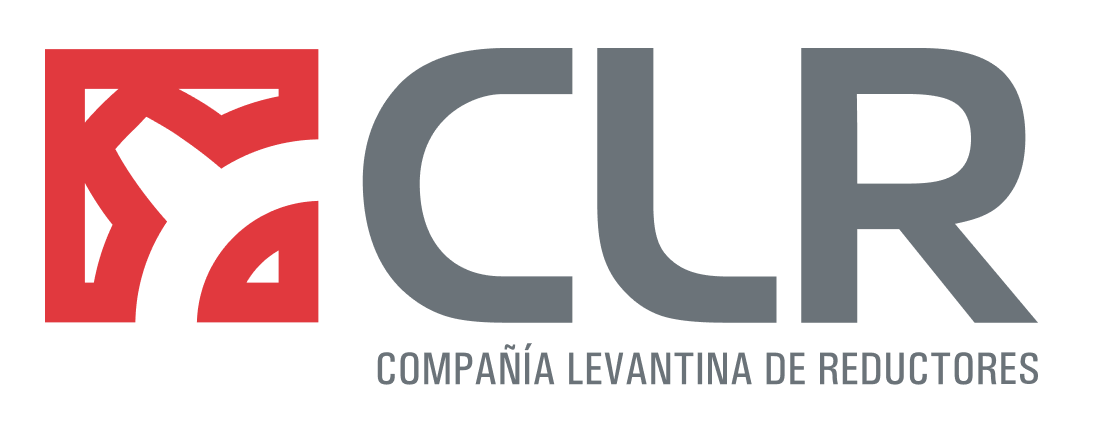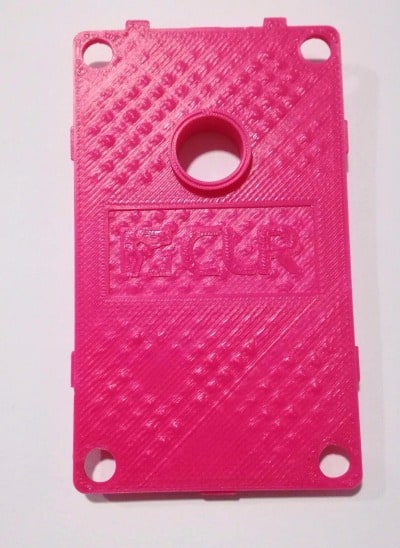
Are you interested in the universe of Rapid Prototyping? Nowadays it is very common to use the rapid prototyping of parts in industries such as automotive or aeronautics. For what purpose? Looking to generate a exact three-dimensional replica of complex parts through 3D CAD application. In this article, we review different techniques for manufacturing prototypes, with special emphasis on the advantages and limitations of 3D printing. The practice of rapid prototyping is key to improving project management times and, therefore, leads to greater competitiveness among industrial companies. It also allows better study the potential market and physically verify both the behavior and functionality of each piece, before even the preliminary molds exist.
Traditional techniques for rapid prototyping of mechanical components and parts
- Stereolithography
- Procedure by which solidifies a photocurable resin in a liquid state through the action of a Ultraviolet laser. This solidification is carried out in layers until the piece is completed and among its advantages, it stands out primarily that it is a economic method And fast and that provides a physical and functional vision of the design.
- Selective laser sintering
- It is a very similar procedure to the previous one; its main difference lies in the type of material used; while stereolithography uses a liquid material, it uses one in powder.Its advantages include the possibility of do resistance and durability tests; and the possibility of handling different materials and very resistant parts.
- Manufacturing by cutting and rolling
- This technique is based on the creation of rapid prototypes through overlay and paste Successive of laser-cut sheets of paper. It highlights that the raw material is Very economical, and the larger the part size, the larger thrift; it is accurate to 0.1 mm (layer height); and it does not transform in the process, so we get a stable part without the need for a post-curing process.
- Deposition by molten wire
- It operates by extruding a small amount of a thermoplastic -polyester- through a tiny nozzle, forming each section and in turn the three-dimensional object. Great speed (101 mm/sec); the size of the piece to be created It has no limit; and you get a sturdy part that doesn't need to be machined.
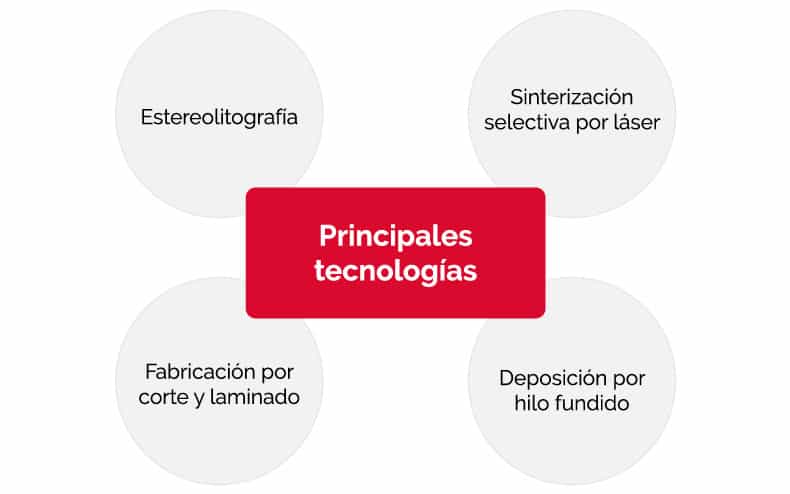
3D printing, a technique yet to be discovered
El 3D rapid prototyping coexists with another technology that is advancing by leaps and bounds, but still has some points of improvement: 3D printing. This technique is strong if we talk about thermoplastics, however, there are still limits to the use of other materials such as metals. [caption id="attachment_1785" align="aligncenter” width="245"]
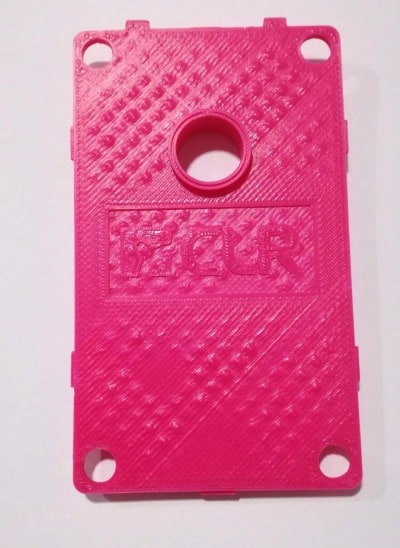
Zortrax M300 printer. Z-ultrat material [/caption] If we focus on its current use, 3D printing is very interesting in Manufacture of injection molds, since it allows prototyping in a way swift And with great precision, accelerating and refining the final design of the piece. CLR, Levantine Reducer Company, as a company manufacturer of mechanical components and reducers, we master both the machining and the production of parts by microinjection and overinjection or multicomponent injection. In this sense, the company is allied with technology and the latest advances in prototyping techniques, taking advantage of its full potential when it comes to creating injection molds. [caption id="attachment_1786" align="aligncenter” width="276"]

Formlabs form 2 printer. Material Clear FLGPCL02. [/caption] However, despite the progress of this new technology, they still exist limits for 3D printing such as the size for making very small molds; the compaction of the parts and the quality of the materials and their durability.
You might be interested in: 3D Metal Printing: Tips, Trends, and Misconceptions
In spite of this, companies such as Stratasys, a leader in the world of 3D printing and supplier of CLR, is making daily strides to break the traditional paradigm of 3-axis manufacturing (limited construction size). In fact, the company just launched two new machines in the testing phase that they aspire to revolutionize the industrial 3D printing or additive manufacturing: “Infinite-Build 3D Demonstrator” and “Robotic Composite 3D Demonstrator”, which reduce the problems that existed so far in tackling 3D printing for larger print runs. Specifically, these machines are better aligned with the individual needs of each customer and with the costs and delivery times, making them more efficient. In turn, rotating 3D printing from vertical to horizontal eliminates all size restrictions, and increases printing speed by ten, which represents a great technological advance.Would you like to know more about manufacturing techniques for mechanical parts? Download this interesting eBook from CLR and get all the information about the advancement of these technologies and 3D printing.

We offer customized, tailor-made solutions. Configure with us the perfect gearmotor for your project.
¿Tienes un proyecto en mente?
We can manufacture your tailor-made solution, we accompany you at every stage of the project to offer the solution that best suits your application.
Do you have a project in mind?
We can manufacture your tailor-made solution, we accompany you at every stage of the project to offer the solution that best suits your application.
